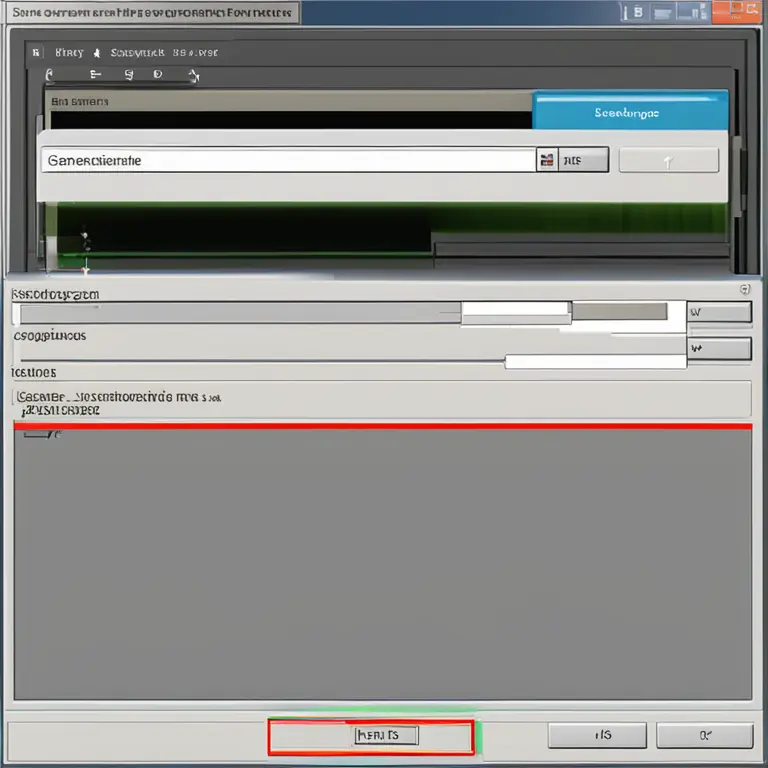
The Art of Non-Visual Meditation
This article delves into the practice of meditation without visualization, offering insights and techniques for those seeking a different meditative experience.
article by Hina Kurosawa
A Fresh Perspective on Meditation
Meditation has long been revered as a pathway to inner peace and self-discovery. For many, the act of meditating involves visualizing serene landscapes or conjuring mental images that promote feelings of tranquility. However, meditation without visualization offers a refreshing alternative for individuals who find visual tasks challenging or prefer to focus on other senses. This technique emphasizes mindfulness and awareness without relying on visual cues, allowing practitioners to delve deeper into their consciousness and experience meditation in a novel way.

Understanding Non-Visual Meditation
Non-visual meditation is about cultivating a heightened sense of presence and attention without picturing anything in the mind's eye. It involves redirecting one's focus to sensations such as the rhythm of breathing, the sound of one's heartbeat, or the subtleties of physical sensations. This form of meditation can be particularly beneficial for those who naturally resonate with auditory or kinesthetic learning styles. It also serves as an inclusive practice for the visually impaired, ensuring everyone has access to the benefits of meditative practice.

Techniques for Successful Practice
To engage in non-visual meditation, one must first find a quiet space. Begin by focusing on the breath, noticing the way air moves in and out of the body. Other techniques include paying attention to the different sounds surrounding you, from the distant chirping of birds to the hum of urban life. Alternatively, one can focus on the sense of touch, such as the feeling of clothing against the skin or the temperature of the air. These focal points provide a meditative anchor that does not require visualization.

Common Challenges and Tips
It’s not unusual to encounter challenges when first attempting non-visual meditation. The mind might wander, or an external noise could distract you. It is vital to approach these instances with kindness and patience. Gently guide your attention back to your chosen focus. With consistent practice, the ability to maintain concentration typically improves, instilling a sense of calm and clarity that permeates everyday life.
The Benefits Unveiled
Engaging in meditation without visualization can lead to numerous benefits. It enhances sensory awareness, bolsters concentration, and fosters a deeper connection within oneself. This practice can also reduce stress and anxiety, as it removes the pressure of creating a visual landscape, allowing individuals to simply 'be' in the moment. Moreover, it can serve as a stepping stone to more advanced meditation techniques, preparing the mind for deeper exploration.
Incorporating Non-Visual Meditation into Daily Routines
Integrating non-visual meditation into daily life is a tangible goal. Start with short sessions, gradually increasing the duration as you feel comfortable. This type of meditation can fit into various moments throughout the day, such as during a morning routine, on a lunch break, or before bed. The flexibility of non-visual meditation makes it an invaluable tool for personal growth and mental well-being, adaptable to the busiest of schedules.
Published: 1/24/2024
Modified: 1/24/2024
More predictions
Come back here soon to learn more about yourself and your future


Soothing Sleep-inducing Meditation Techniques
Discover effective sleep-inducing meditation strategies in this enlightening article. Learn to drift into deep, restful slumber with ease.


Soothing Sleep: Meditation for Restful Nights
Discover effective meditation practices to enhance sleep quality and embrace restfulness in this insightful article.


The Most Effective Meditation Techniques for Harmony
Discover the potency of various meditation practices tailored for spiritual harmony and self-mastery as we navigate the diverse landscape of mindful tranquility.